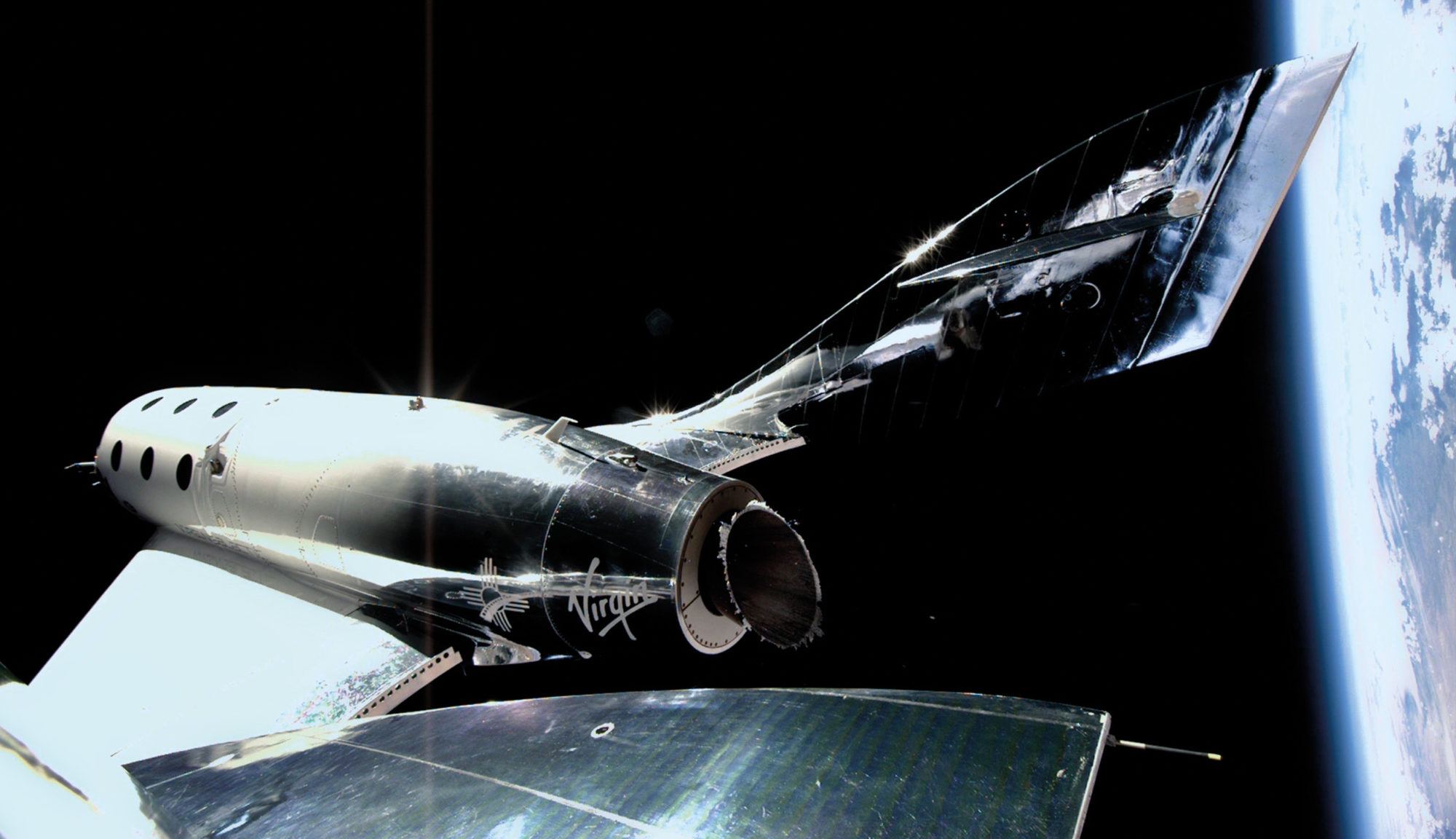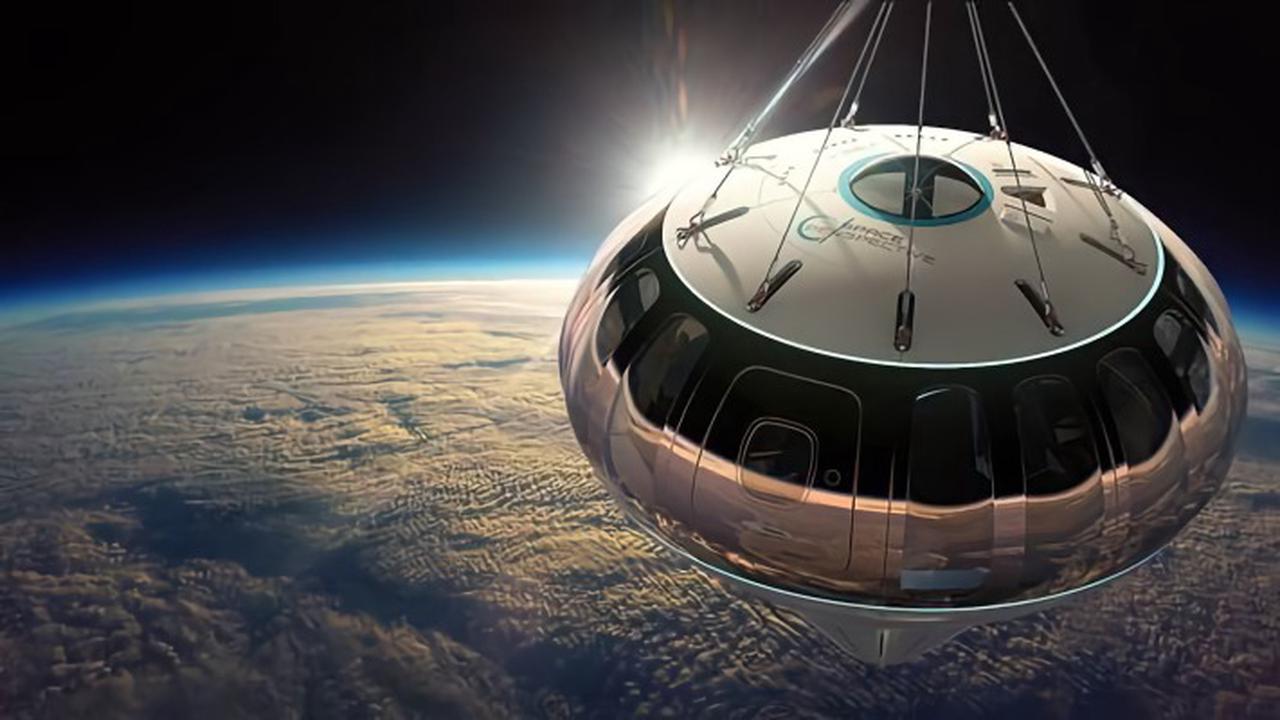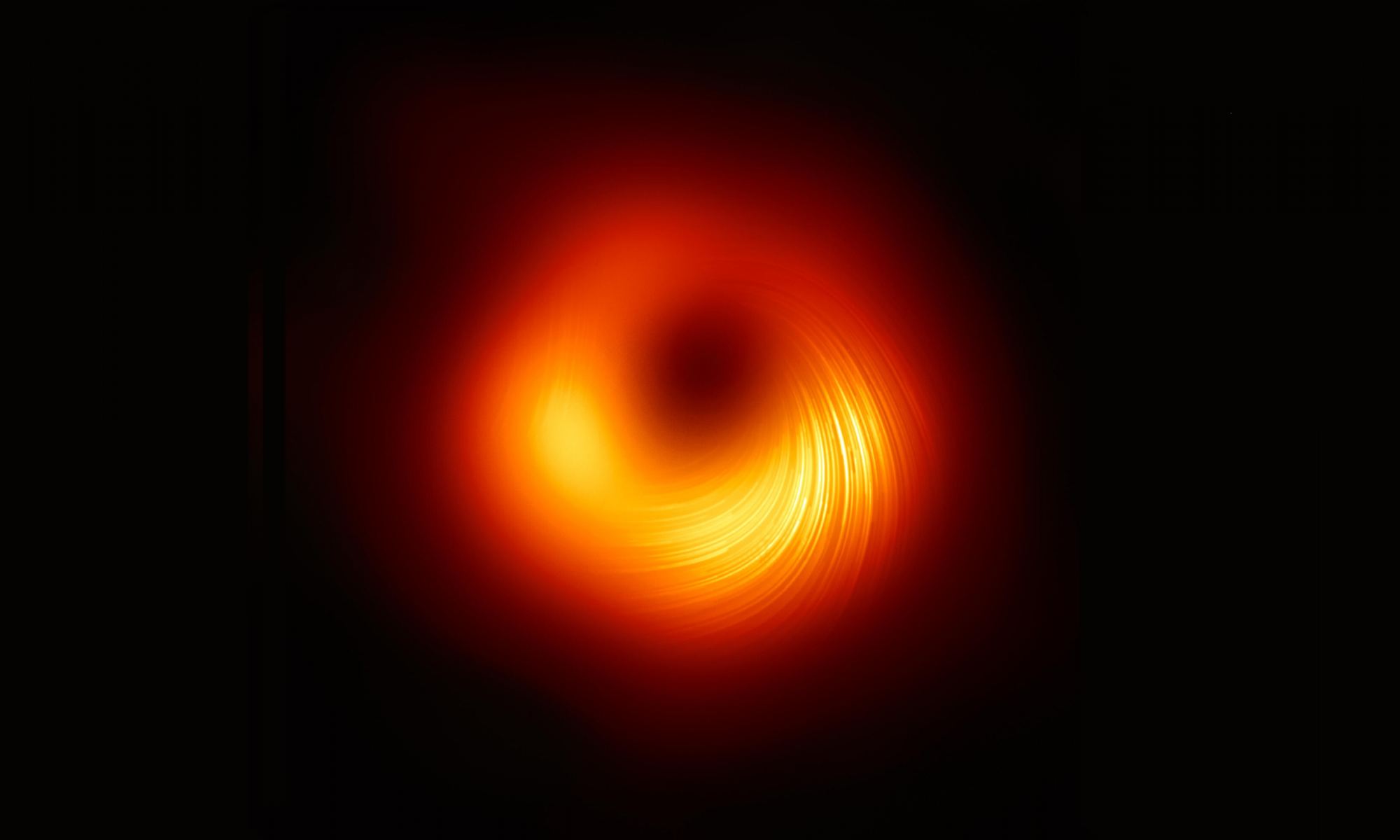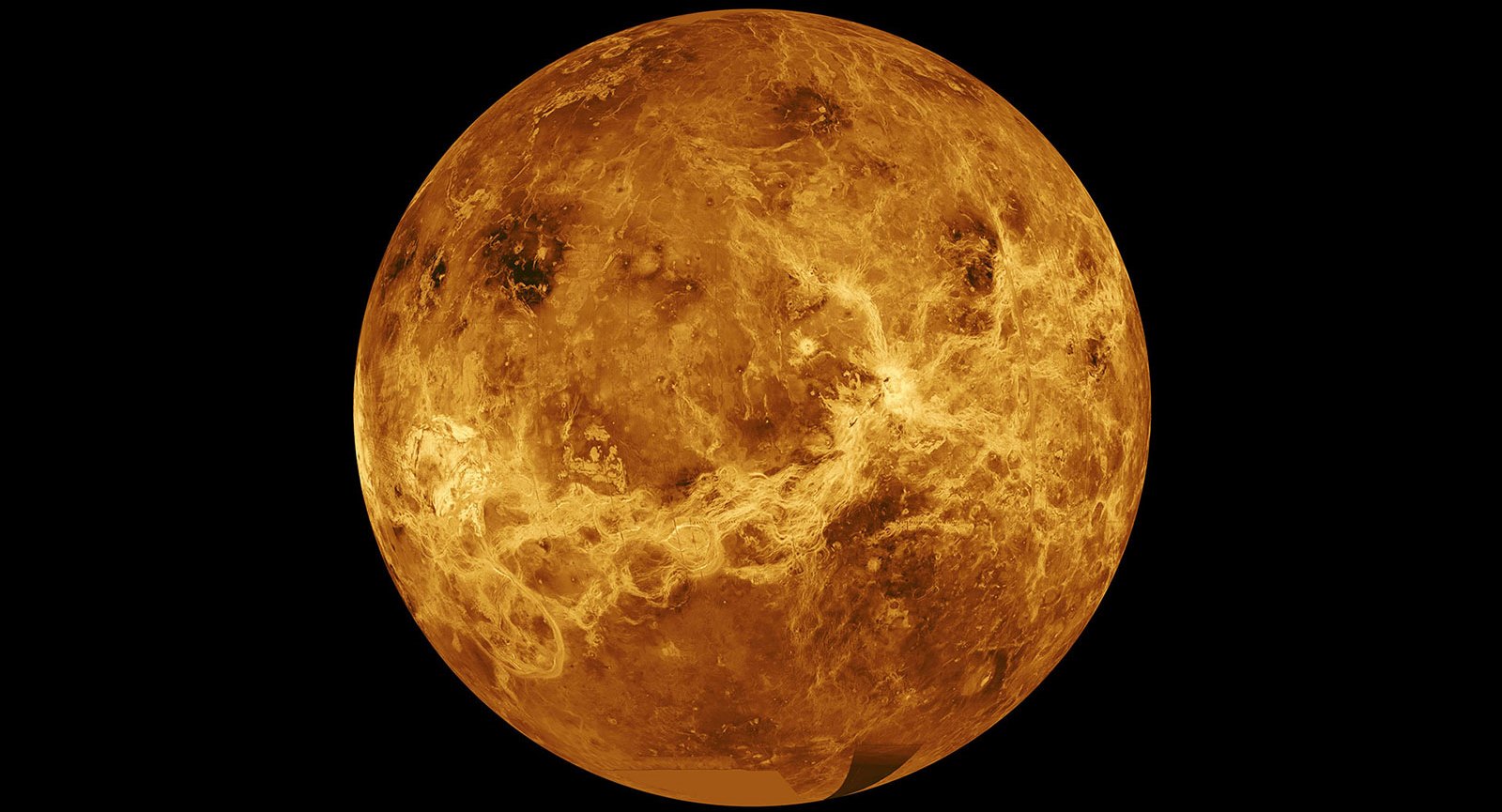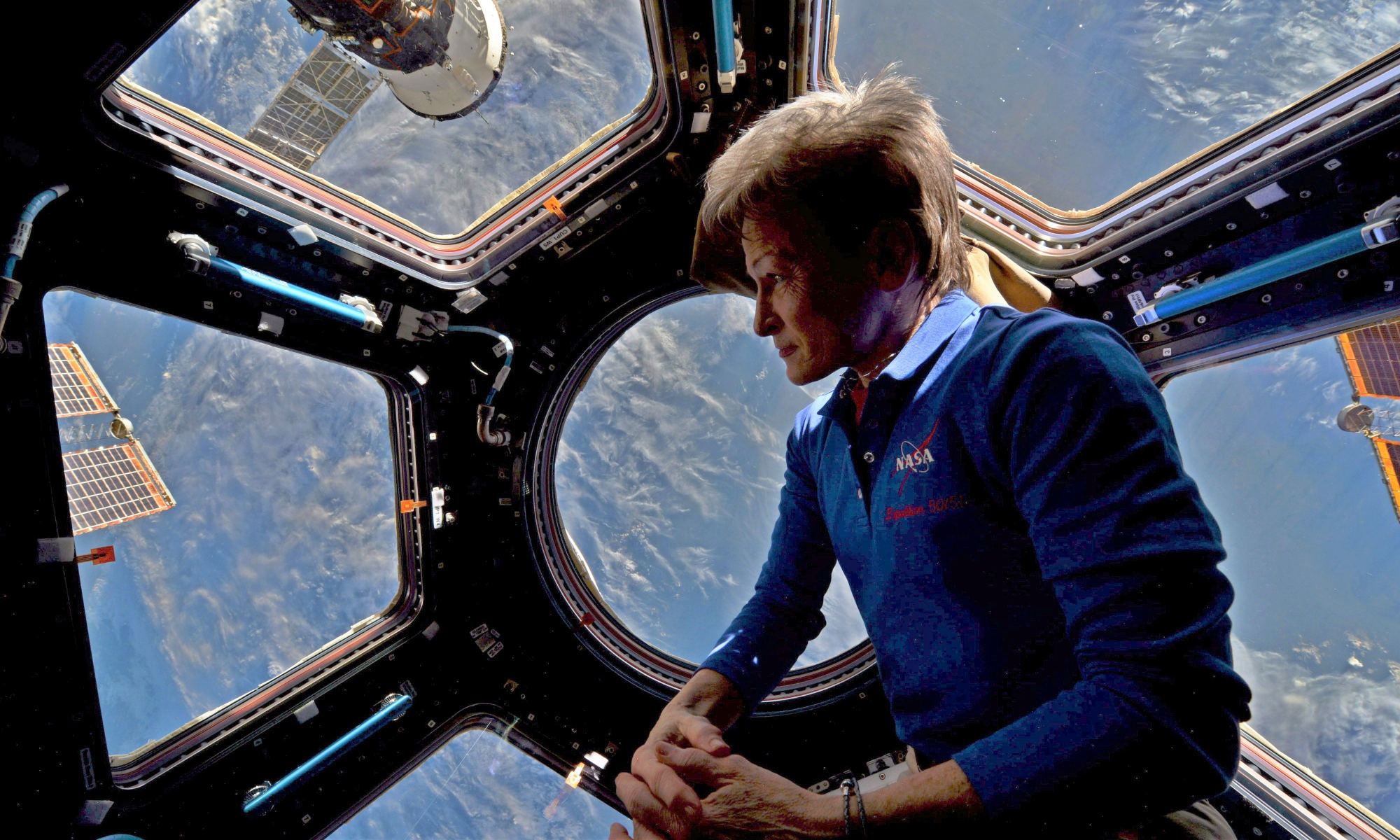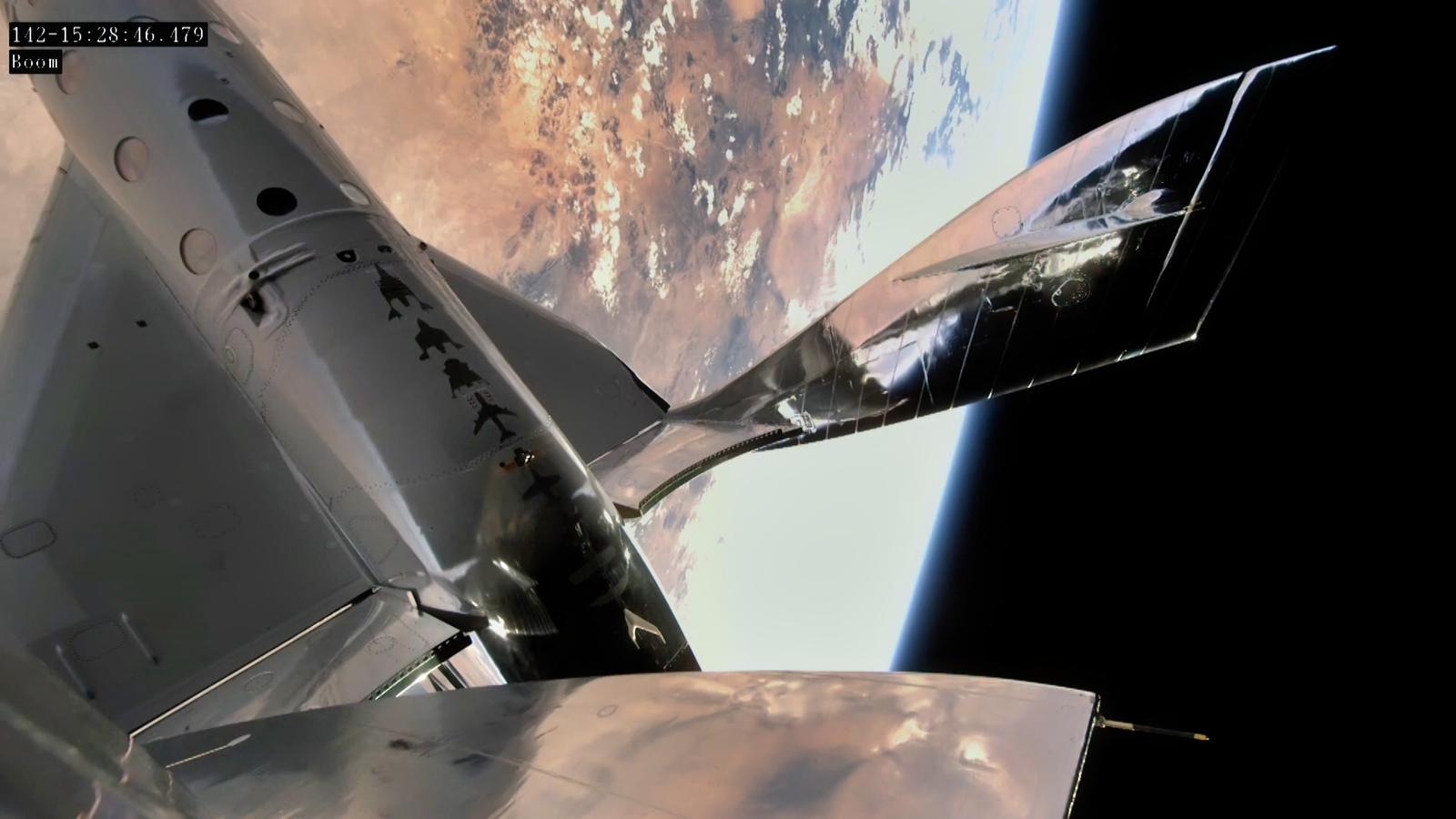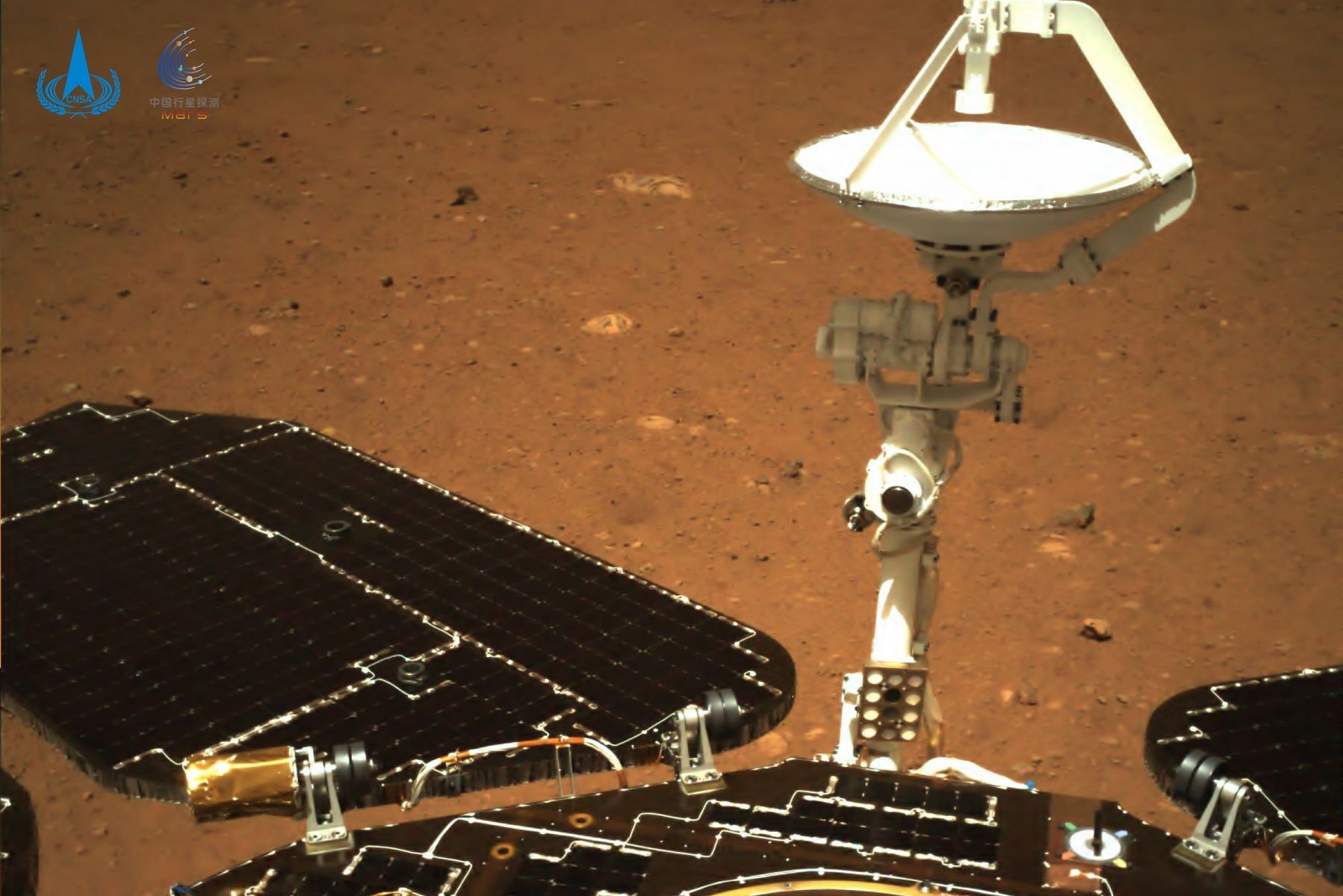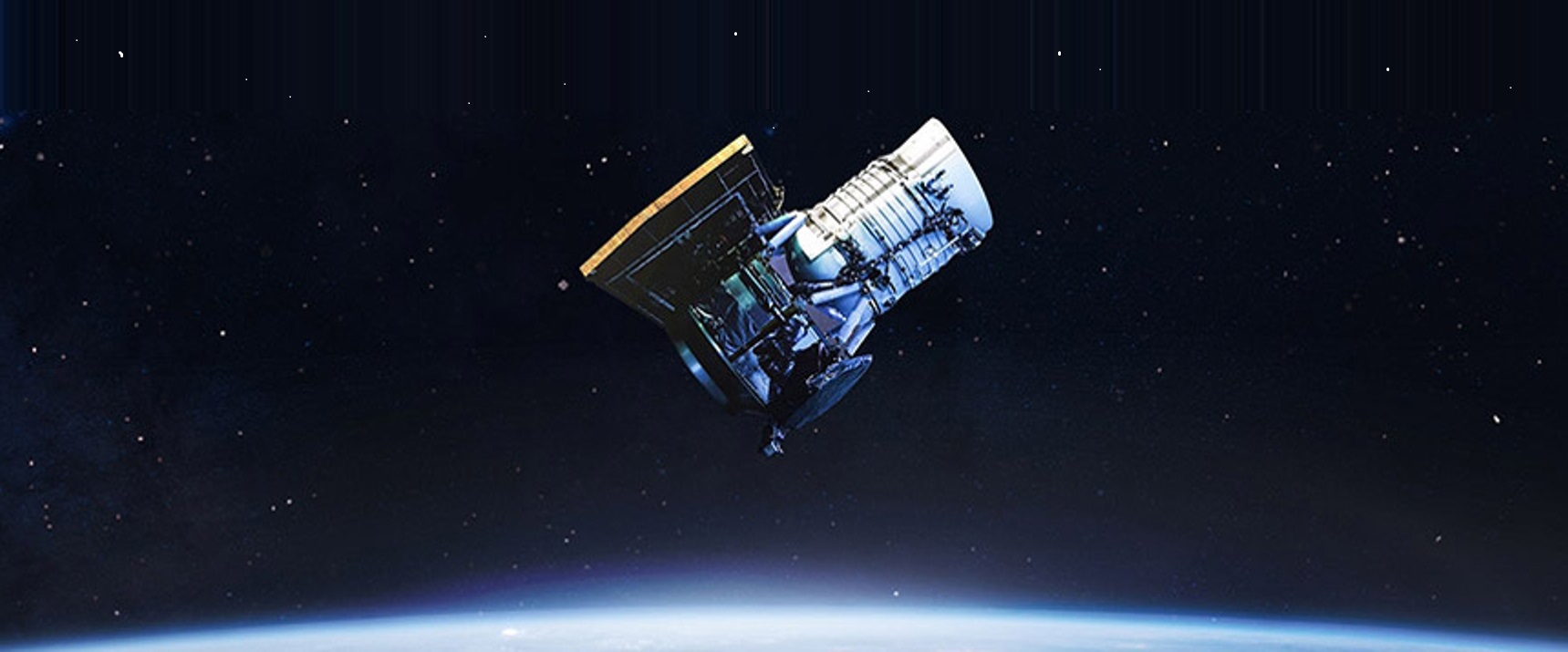Virgin Galactic says it’s received the Federal Aviation Administration’s go-ahead to fly customers on its SpaceShipTwo rocket plane, marking a significant step in a commercial rollout that could also feature dueling space billionaires.
The FAA’s clearance came in the form of an update to Virgin Galactic’s five-year-old commercial space transportation operator license, the company said in a news release. The upgrade was based on an analysis of the results from Virgin Galactic’s most recent suborbital test flight, conducted in May at Spaceport America in New Mexico.
Continue reading “Virgin Galactic Wins FAA’s OK to Fly Space Passengers: Which Billionaire Will Go First?”
